American crayfish in aquaristics
Most crayfish from North America in the hobby belong to the genus Procambarus, but a few species of the genera Cambarus and Orconectes have also found their way into the hobby. Their distribution covers the south and central United States, with a very small number of species also coming from Central America. These crayfish are often found under rocks, among aquatic plants, and in accumulations of foliage in flowing and stagnant waters, and often in roadside ditches and similarly inhospitable-looking waters. Large crayfish are extremely adaptable and can cope with a wide range of water values. Generally, however, they like their water a little harder, the pH should be between 6.5 and 8.5. Room temperature is sufficient for them, some species that are rarely represented in the hobby and come from further north need a cold period in winter, otherwise mating will not take place and the animals will not live as long. Most large crayfish can reach an age between two and four years.
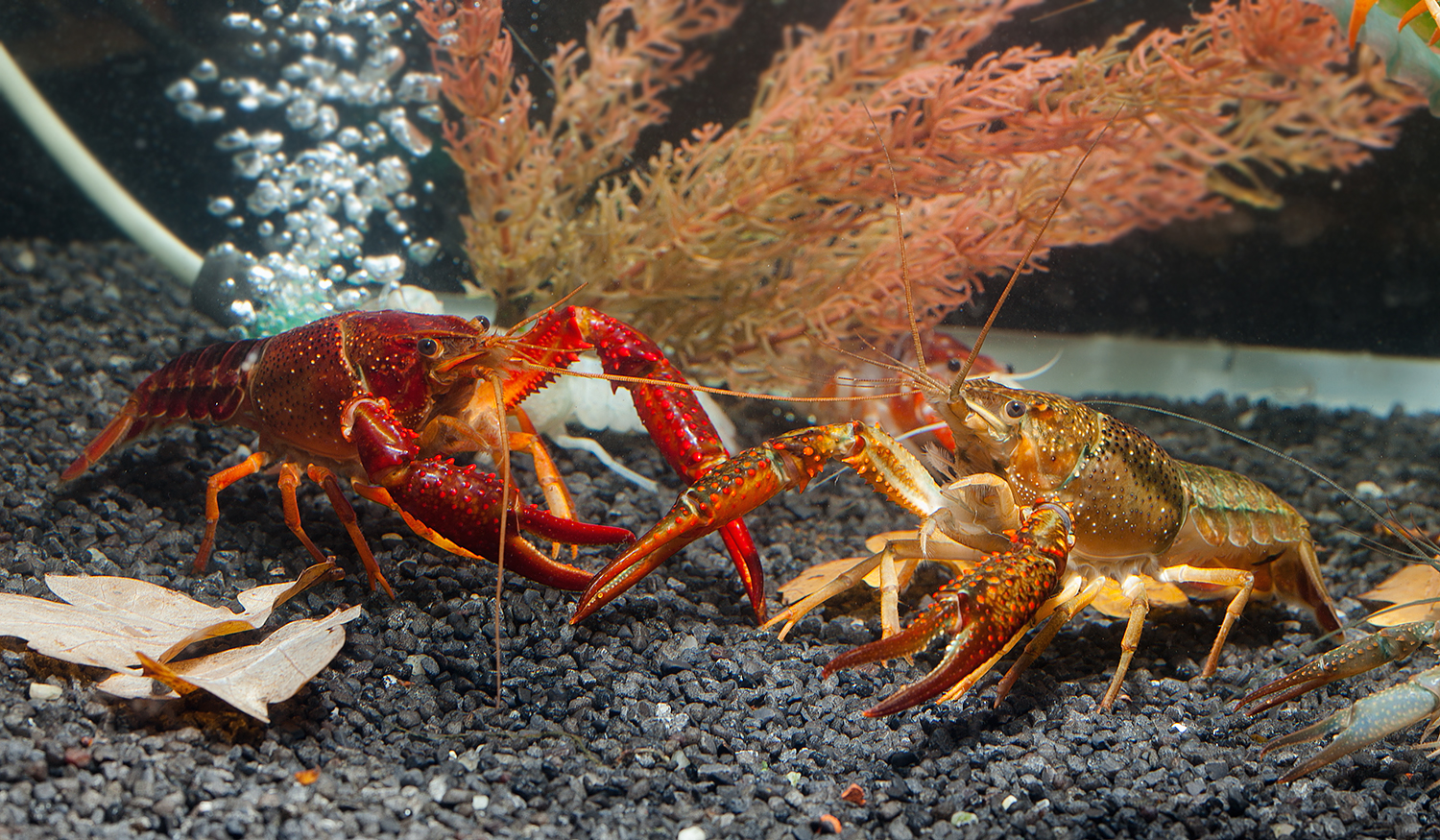
The aquarium for large North American crayfish
Large North American crayfish are extremely creative aquarium inhabitants. They move the substrate from right to left and back again, undermine large stone decorations, drag smaller stones around, and either pinch off plants because they are in the way or eat them immediately. In a crayfish aquarium, stone decorations should be placed and secured in such a way that they do not tip over against the glass panes and destroy the aquarium, and also do not bury any animals under them. If you absolutely want some green in the aquarium, you should switch to floating plants like frogbit or hornwort , waterweed or nixweed and add more if necessary.
Coloration of North American crayfishes
Some crayfish species are simply brown with a darker pattern, but there are also very spectacularly colorfully patterned and distinctly intensely colored varieties. Here the extremely color-variable Procambarus clarkii is particularly outstanding, which brought out also multicolored pied color variants beside monochrome bright orange, white, red and bluish.
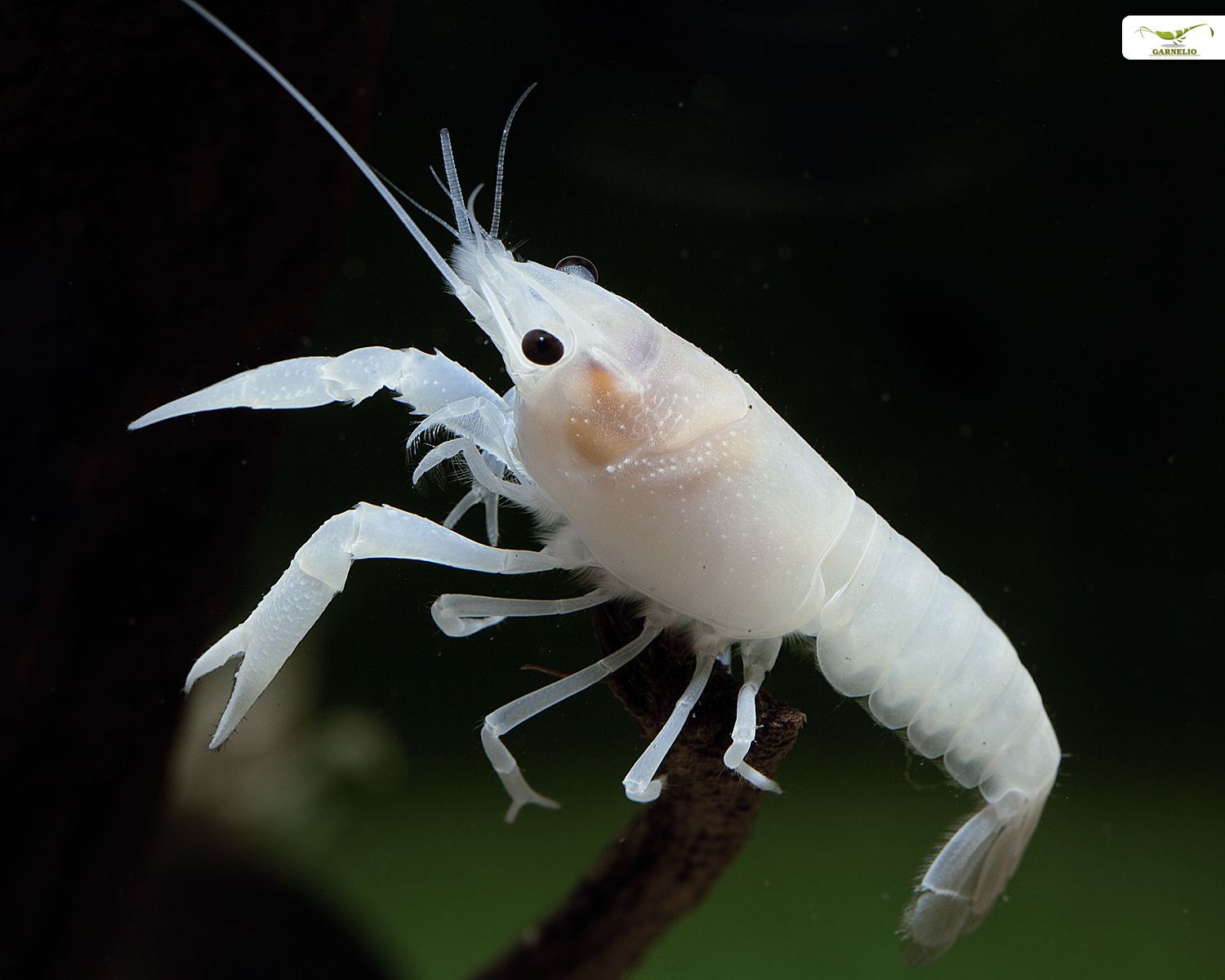
Sex differences & reproduction
Often the claws of the males are slightly longer and slimmer than those of the females, but one can distinguish the sexes for sure only by looking from below: Sexually mature males have so-called gonopods (sexual appendages) at the junction of the carapace (head-chest-armor) and pleon (abdomen), forming a Y there. Females lack this appendage, but have their sexual orifices (gonopores) at the base of the second pair of walking legs and the clearly visible annulus ventralis, a depression that receives the sperm package during mating.
During mating, the male turns the female onto her back or side and clasps her with his claws and legs. The mating process can last an hour or more. Females of most large crayfish species from the Americas bear between 50 and 200 young crayfish several times a year; depending on the species and age, this number can vary significantly.
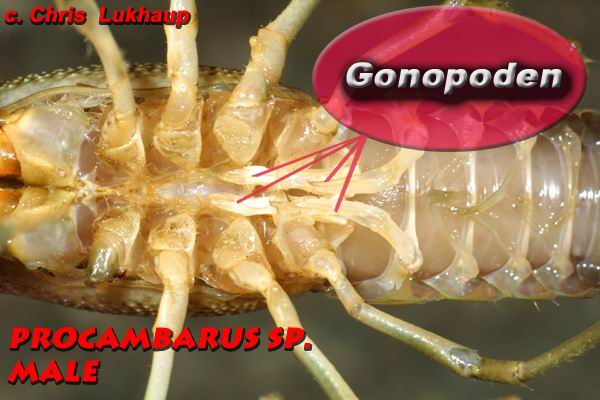
Crayfish (Procambarus) male
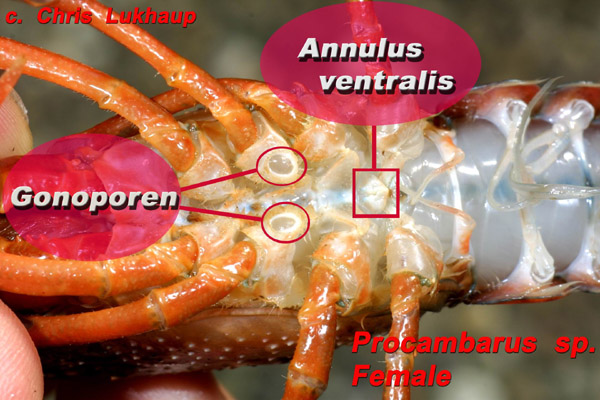
Crayfish (Procambarus) female
Females carry eggs and later their newly hatched offspring on their webbed legs under their abdomen, where they fan and preen them to prevent fungus. They sort out unfertilized eggs very quickly. During the gestation period of several weeks, females eat virtually nothing. Since they are also quite sensitive to stress, they should not be moved if possible to prevent them from dropping their eggs. Once the young crayfish have hatched, they need plenty of hiding places, as they are highly cannibalistic among themselves. Adult crayfish will also eat their own offspring as well as other crayfish. Several layers of autumn leaves in the aquarium offer the crayfish not only protection, but also hiding places and natural food, but also perforated bricks or, sintered glass and crayfish hiding places are gladly accepted. It is important that there are always two exits so that the crayfish can escape to the back if they get visitors from the front. This also applies to crayfish dens for the adults. Basically, there must always be at least one more hiding place in the aquarium than crayfish.
Basically, an aquarium for crayfish should also have plenty of structure towards the top, so that the solitary animals can literally get out of each other's way. This is best accomplished with root wood and stones. Since crayfish are not group animals in nature, there is nothing against keeping a single animal! The floor space plays a very important role in the selection of the aquarium size, the height is less important - crayfish hardly swim at all. Since crayfish are escape artists and intrepid explorers, the lid of the aquarium must close absolutely tight, gaps must be sealed if necessary.
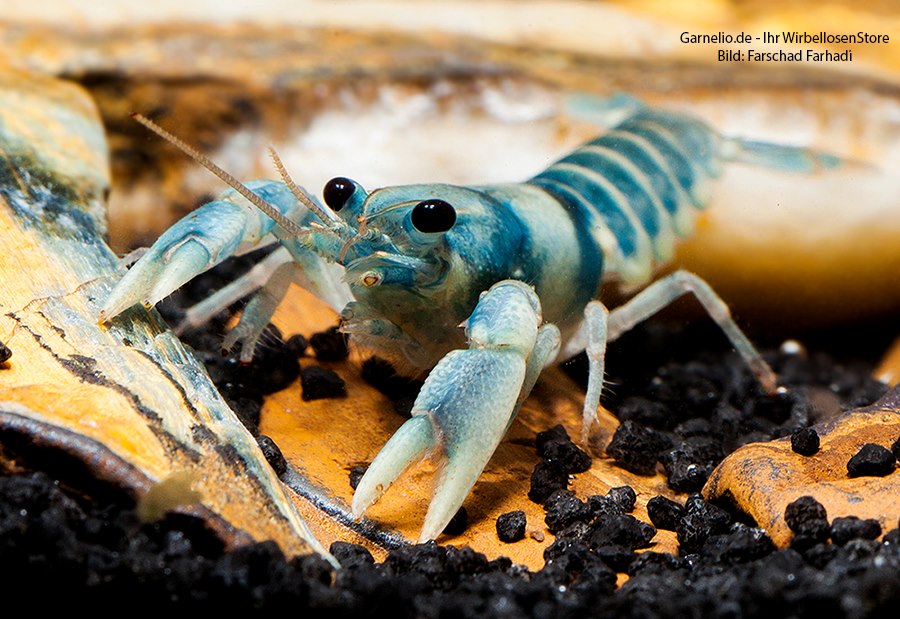
Crayfish diet
Crayfish are absolute character animals that soon recognize their owner and begin to interact with him. They know exactly who throws food in front of their claws and react accordingly.
An absolute favorite food is already easily decomposing brown autumn leaves, but they also like to take nettles, special crayfish food, fish food in the form of flakes, granules or tabs, frozen food and Artemia. Their diet should be relatively high in protein. They like to meet their fiber needs by eating foliage or even gnawing on bog roots or similar relatively soft wood in the aquarium. Most large crayfish are skilled hunters, and protein is an important part of their diet.
Crayfish Pest
North American crayfish can carry the causative agent of crayfish plague, so under no circumstances should they be socialized with crayfish of the genera Cherax, Astacus and Austropotamobius from Australia, Asia and Europe. They themselves are largely immune to this disease, for all other crayfish it is 100% fatal. The highly contagious disease is transmitted by pathogens in the water, an infection can also occur e.g. via the changing water or even via wet landing nets. The pathogen survives outside its host for up to six weeks. Under no circumstances should the changing water enter natural waters.
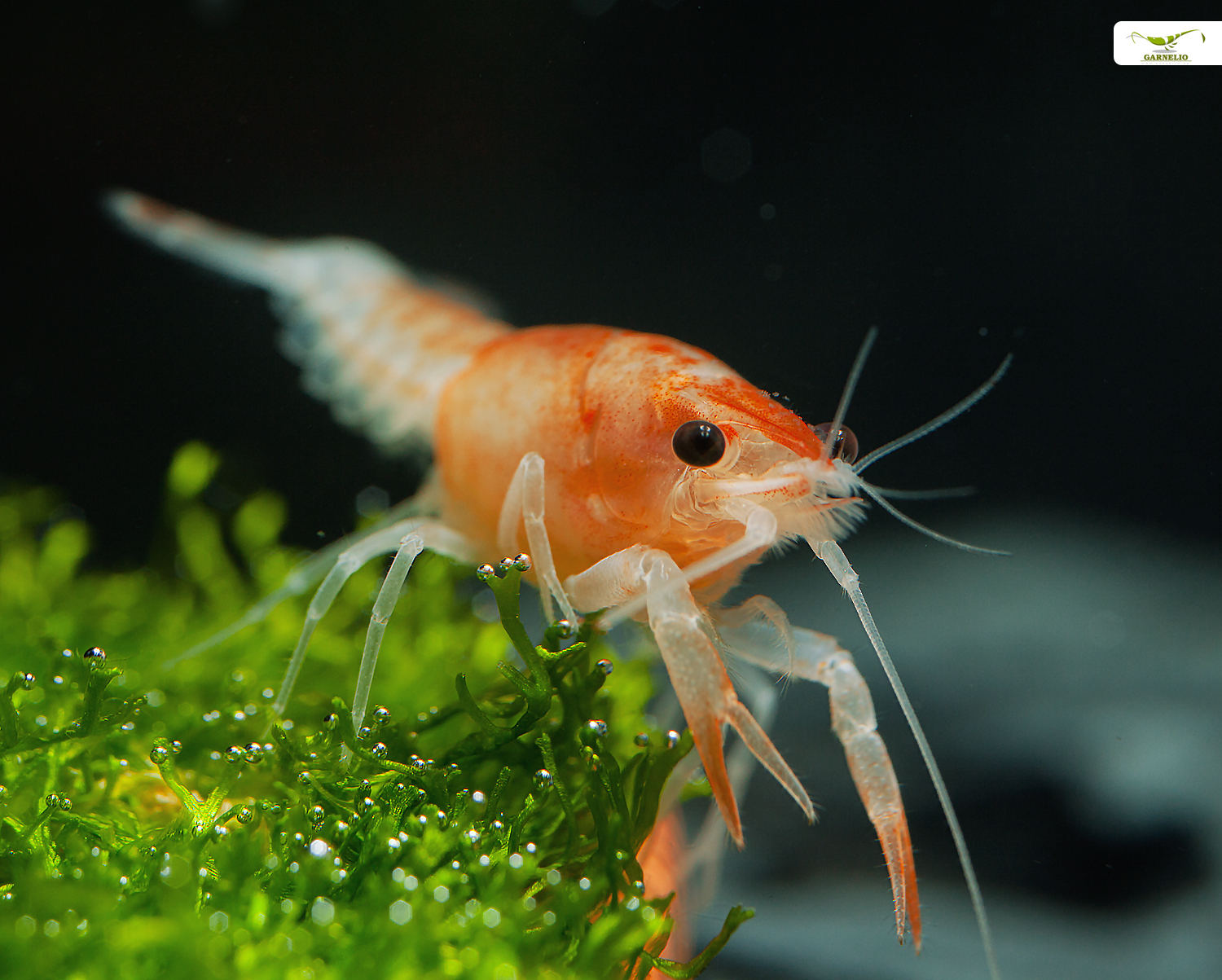
American crayfish socialization
Procambarus, Cambarus and Co. can be socialized without problems with dwarf shrimps with suitable water requirements. Snails, on the other hand, are usually cracked and eaten. Productive snails like Marisa cornuarietis can be kept in the crayfish tank as a permanent source of food and as a clean-up troop. Many large crayfish are skilled hunters, so they should not necessarily be kept with fish. Especially with bottom-dwelling fish that occupy the same habitat as the crayfish, fights can result in nasty injuries. Even large crayfish are soft and vulnerable after molting until the new exoskeleton hardens - at which point they become easy prey for cichlids, for example. Crayfish often socialize well with calm, non-predatory fish and especially fish that do not sleep on the bottom, but the odd fish is likely to end up in the crayfish's claws, at the latest if it is sick or weak. Crabs and large-armed shrimps are mortal enemies of crayfish, a socialization will sooner or later be fatal for one of the animals.
Procambarus clarkii, Louisiana swamp crayfish
Procambarus clarkii, the Louisiana Swamp Crayfish, is probably the most commonly kept crayfish in the aquarium. It grows 12 cm long without claws, for keeping a pair we recommend 80 to 100 cm edge length. There are many different color variants, the Clarkii orange, the red clarkii - which represents the wild form, white animals, bluish and colorful pied animals, in red/white/blue this color form is called Ghost, in white/orange it is called Ghost Orange. The Procambarus clarkii is one of the most adaptable crayfish at all, it gets along with a wide spectrum of water values and tolerates temperatures from 5 to 30°C. If you want to keep a pair of clarkii, you should look for buyers for the offspring beforehand - as hard as it sounds, turtle and perch owners are always happy ... also a specific color breeding helps, you can hardly get rid of hybrids. Under no circumstances should these animals enter the wild, they can survive in our latitudes and displace native animals because they are so adaptable and robust.
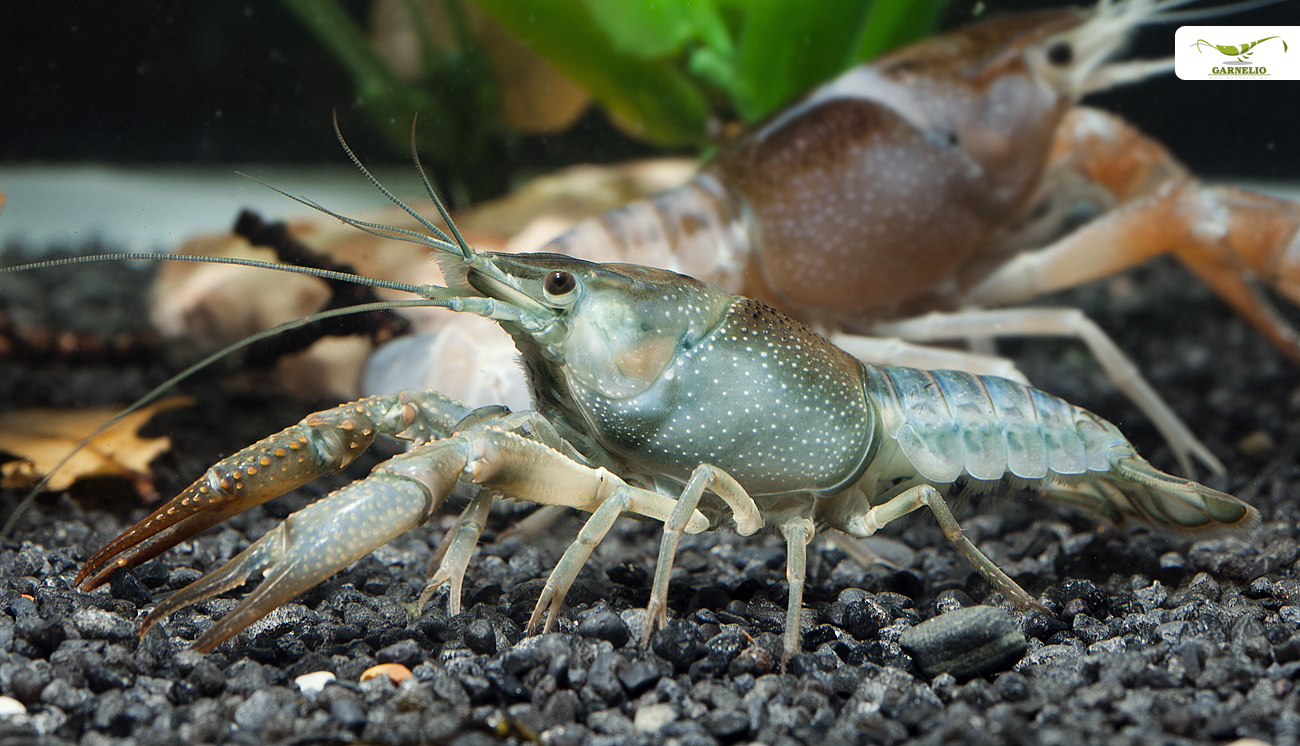
Procambarus alleni, Blue Florida Crayfish
The same is true for the blue Florida crayfish, Procambarus alleni. Of him there is besides the blue also a brown color form. These crayfish also grow quite large with a body length of 10 to 15 cm. A pair needs a well structured 80 to 100 cm long aquarium. Temperatures of 10 to 30 °C are tolerated permanently, the Florida crayfish does not have high demands on the water values.
Marble Crab, Procambarus virginalis
The Marble Crab (Procambarus virginalis) has now been described as a separate species. It can reproduce by juvenile production, so a single animal is sufficient. The species originated from Procambarus fallax, a crayfish from North America which is not very common in the hobby. It was discovered for the first time in Germany in an aquarium. The animals become 8 to 12 cm long and are actually very beautifully patterned in different shades of brown. Since the Marbled Crayfish is as hardy and adaptable as the two species described above and even more problematic due to its method of reproduction, we have decided not to offer these animals.
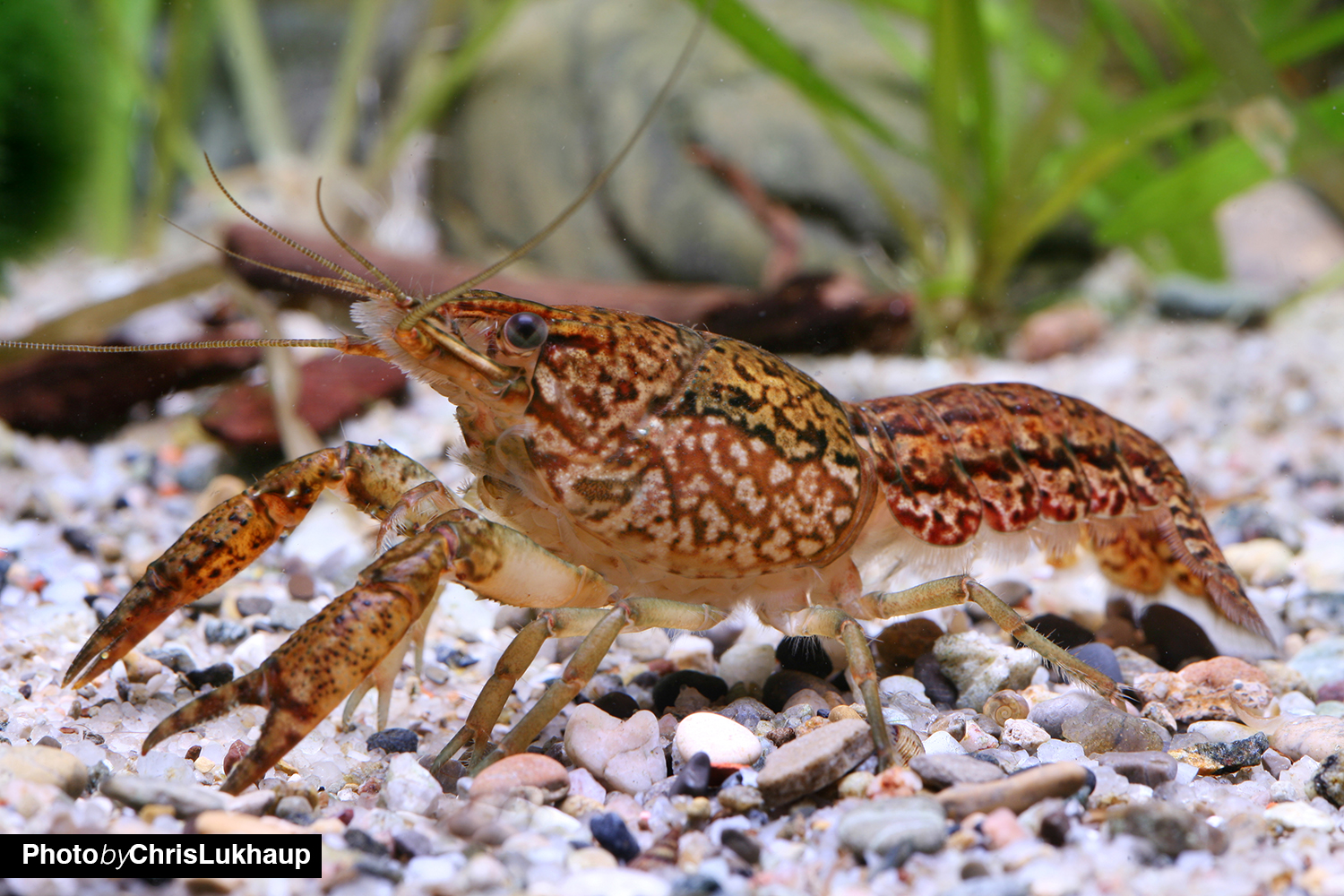
Yellowbanded crayfish, Procambarus llamasi
A non-invasive species is the Yellowbanded Crayfish, Procambarus llamasi, which originates from Central America. The name refers to a yellowish longitudinal band that runs around the abdomen on the brownish base color. The animals grow up to 9 cm long, need a well structured aquarium from 60 to 80 cm edge length for a pair, and tolerate temperatures from 18 to 25 °C.
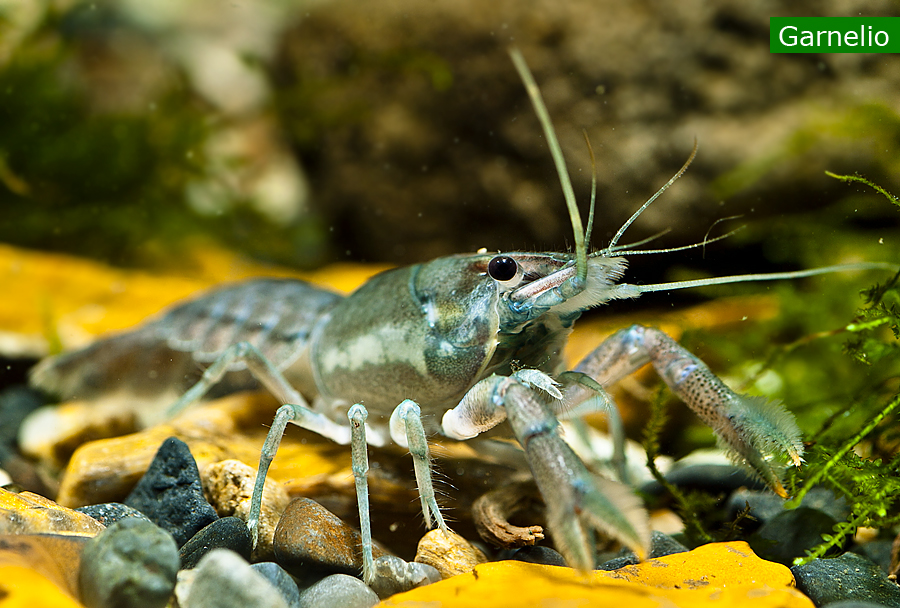
Procambarus ouachitae
The very beautiful Procambarus ouachitae has dark brown stripe patterns on a light brown background, with small reddish accents and often bluish legs. It grows up to 10 cm, so for a pair it should already be an 80 cm aquarium. They feel very comfortable in a temperature range of 18 to 25 °C. Adult Scarface crabs dig very strongly.
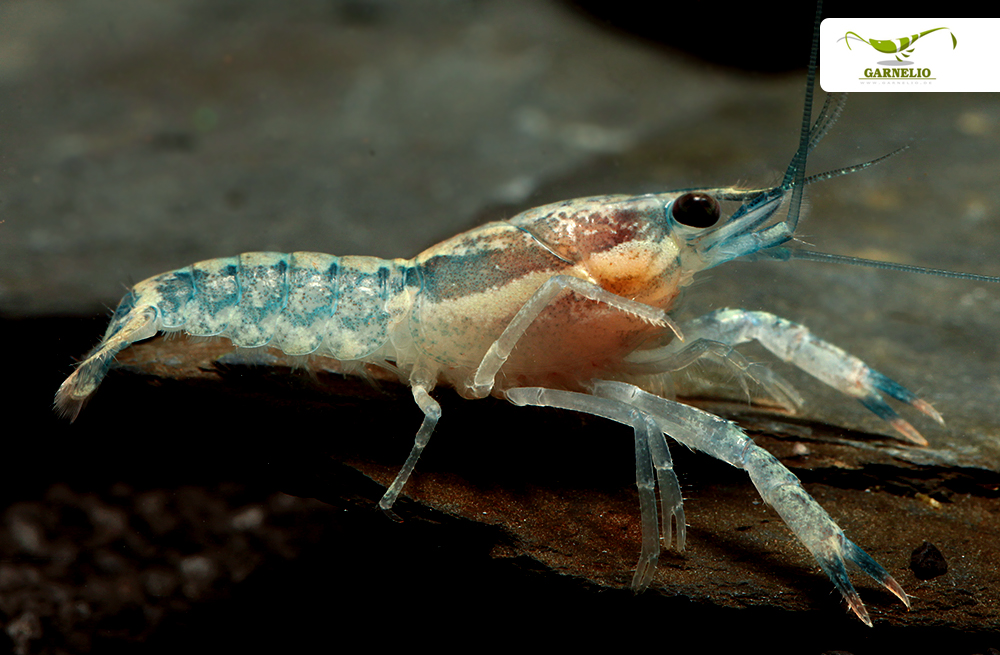
Procambarus cubensis cubensis, Cuban crayfish
Procambarus cubensis cubensis originates from Central America. With only 5 to 6 cm body length it belongs to the small representatives of its genus. This crayfish is very variable in color from bluish to reddish to brown. It can be kept in aquariums from 50 cm edge length, but for a pair or a small group of two females and one male we recommend at least 60 cm. This small crayfish also likes it rather warmer at 18 to 25 °C.
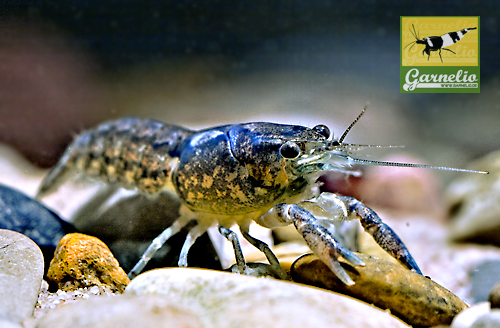
Procambarus braswelli, Waccamaw Crayfish
Not much is known about the Waccamaw Crayfish (Procambarus braswelli). It is found in South Carolina, where it lives in flowing waters. The animals should also reach around 8 to 10 cm body size and feel comfortable in a similar temperature range as other crayfish from this area - with a temperature of 18 to 24 °C you are certainly not wrong. For a pair 80 to 100 cm are certainly sufficient.
Procambarus vasquezae
Furthermore you can find in the hobby from time to time the dark brown very peaceful Procambarus vasquezae from Mexico, which with only 6 cm body length fits well into a 60 cm standard aquarium. Its comfort range is 18 to 26 °C.
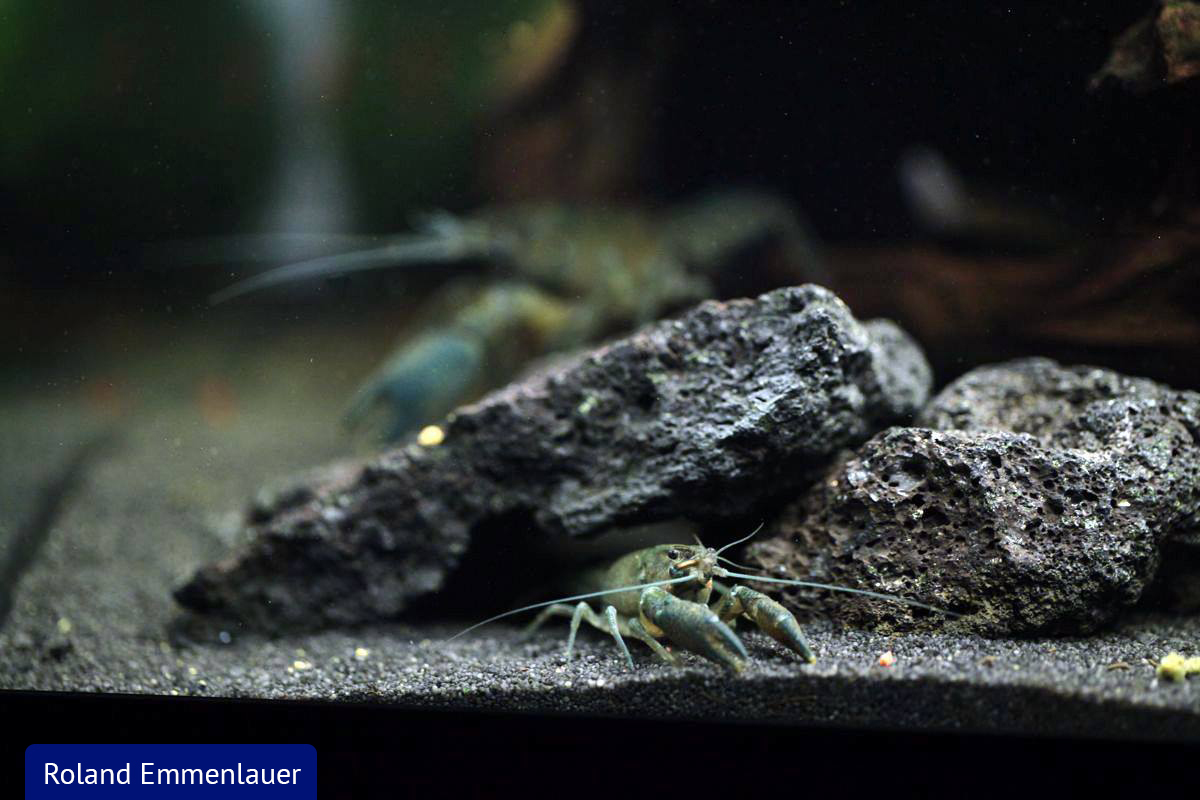
Orconectes durelli
Orconectes durelli can also be seen from time to time. With its honey-golden carapace, its orange-black claw tips and its dark brown curved band on the carapace it makes a very pretty picture in the aquarium. This crayfish needs a cold period of no more than 10°C for several weeks in the winter for mating to occur in the spring. Otherwise it feels well at temperatures up to 25 °C in the aquarium.
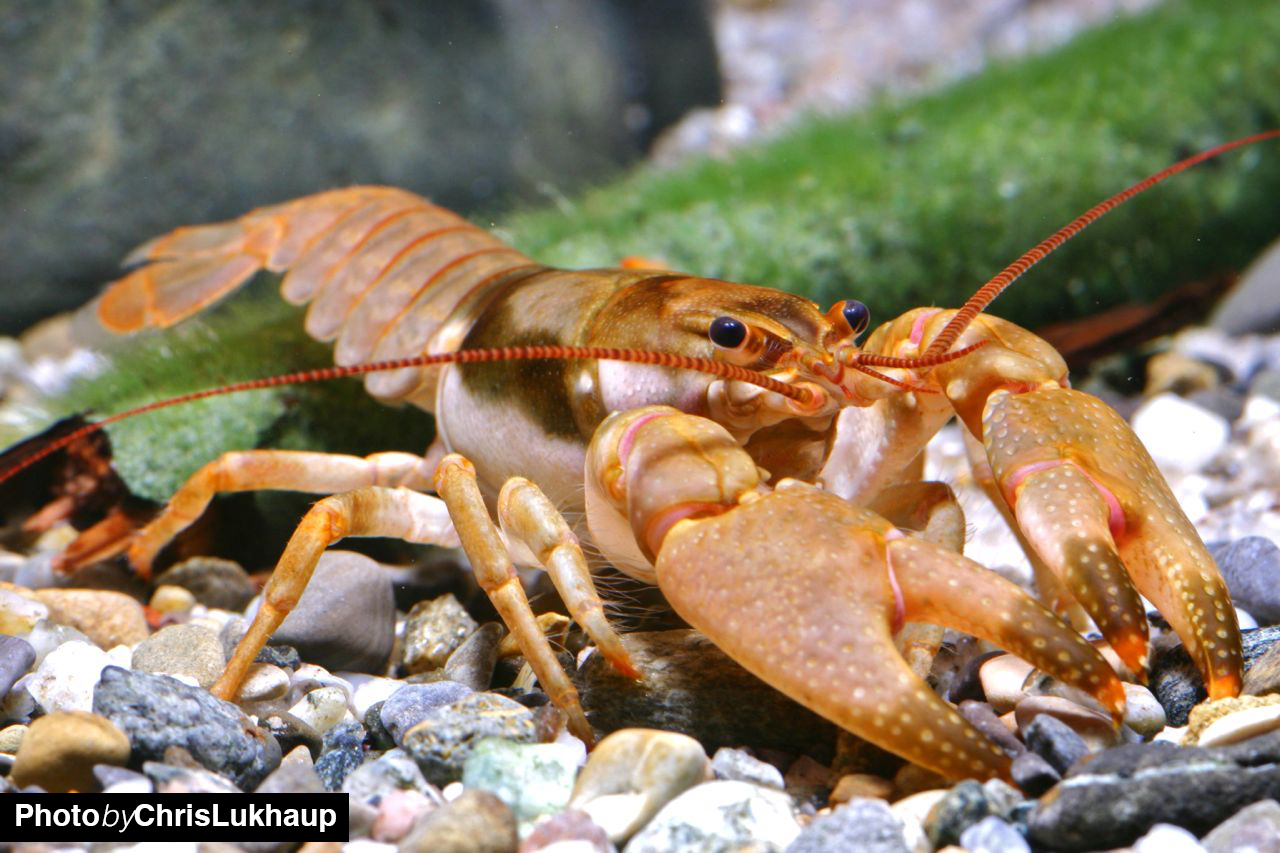
Cambarus manningi
Cambarus manningi with its huge claws and its beautiful colorful dress also needs such a cold period, as well as the blue-colored Orconectes luteus. So these animals are also rather something for specialists, who have the possibility to grant the crayfish such a species-appropriate winter phase. With up to 10 cm body length they are also rather something for larger aquariums from 80 cm length.
Practical tip from Roland Emmenlauer

Roland Emmenlauer, author of the e-book"Crayfish Aquarium for Beginners", has been involved with crayfish since his childhood. Roland is also the founder of the successful groups"Nano Aquarium for Beginners" and"Cambarellus, Cherax, Procambarus & Co" on Facebook.
"Unlike other invertebrates like shrimp, cambarids can be kept very well alone. They are not solitary, on the contrary, single keeping means much less stress for all involved, especially since crayfish are character animals and sometimes very territorially inclined. Cambarids do not live very long compared to parastacids (e.g. Cherax). They age by molts, not by years. Heat accelerates metabolic processes and ages the animals faster, which is why you don't need an aquarium heater at normal room temperatures. Cambarids like to go exploring. As long as their gills are moist, they can travel amazingly long distances outside the aquarium. It is best not to let it come so far and seal all loopholes. If it has escaped anyway, you must not put the fugitive back into the tank, but first accustom it to the water again. This works like this: Place a bowl with two fingers of aquarium water. Place a matchbox underneath on one side so that the bowl is at an angle. Place the crayfish upright in the center of the bowl so that it is half covered with water. It will decide for itself when it wants to go into deeper water. Cover the bowl. If it does not move, turn the crayfish onto its back so that any air in the gill chamber can escape. (The gill chamber is on both sides of the carapace). Then place back in the water upright half covered as described above. Patience. Sometimes it takes a long time. If it is not completely dried out, it will come back to life. It must not be returned to the aquarium until it is lively again. Cambarids should never be allowed outdoors, as they can thrive in our climate and threaten native crayfish. If a pair of cambarids does not produce offspring for a long time, it may be due to the "change of form" between two molts.In "phase one" the male is more potent, carries more powerful claws and is more aggressive. In "Phase Two" the male is impotent, bears smaller claws and minimally vestigial gonopods. "Phase One" is for reproduction, "Phase Two" is for growth. These phases alternate between molts. Therefore, do not despair immediately if no offspring are produced despite mating. "Phase One" is sure to come!"
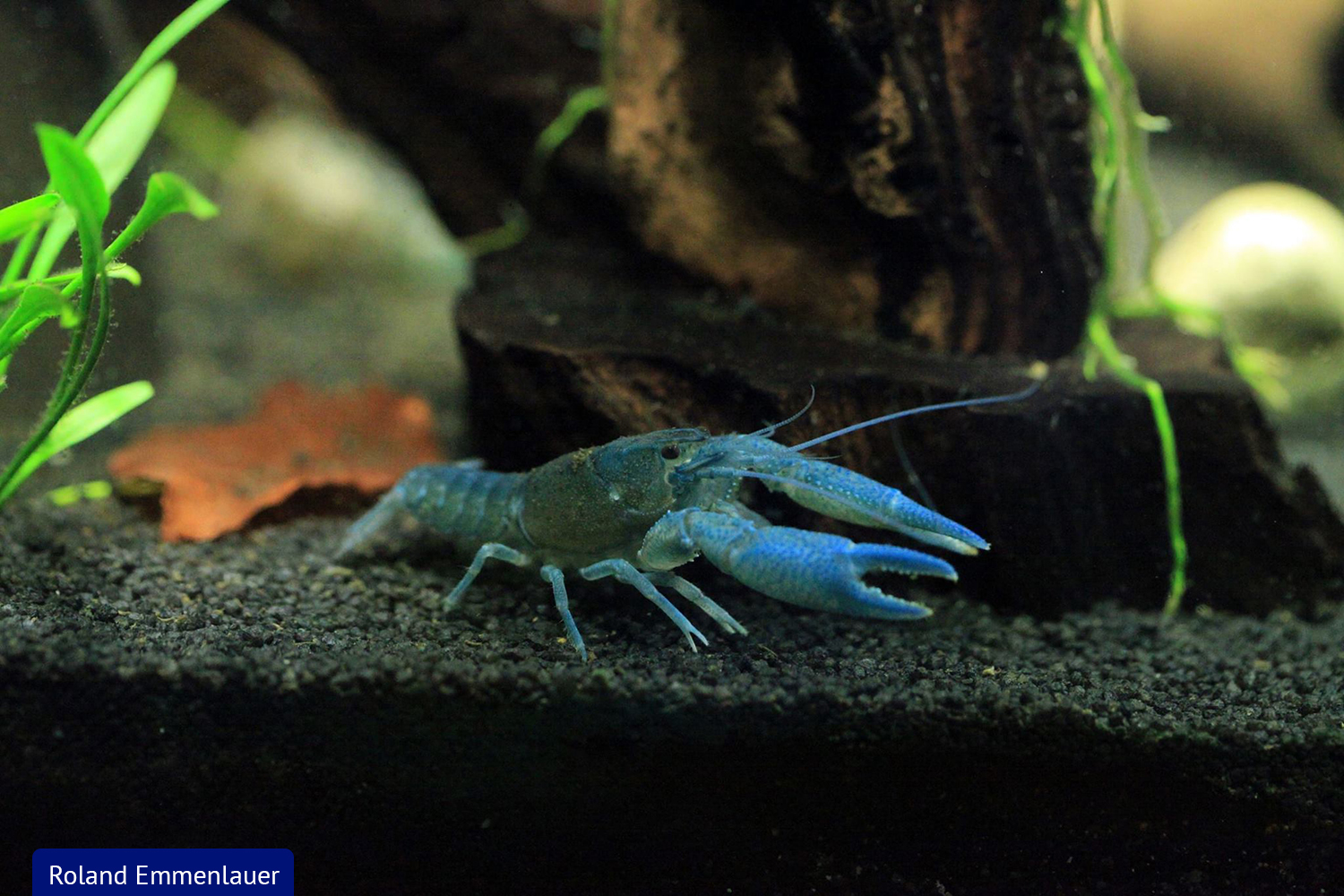
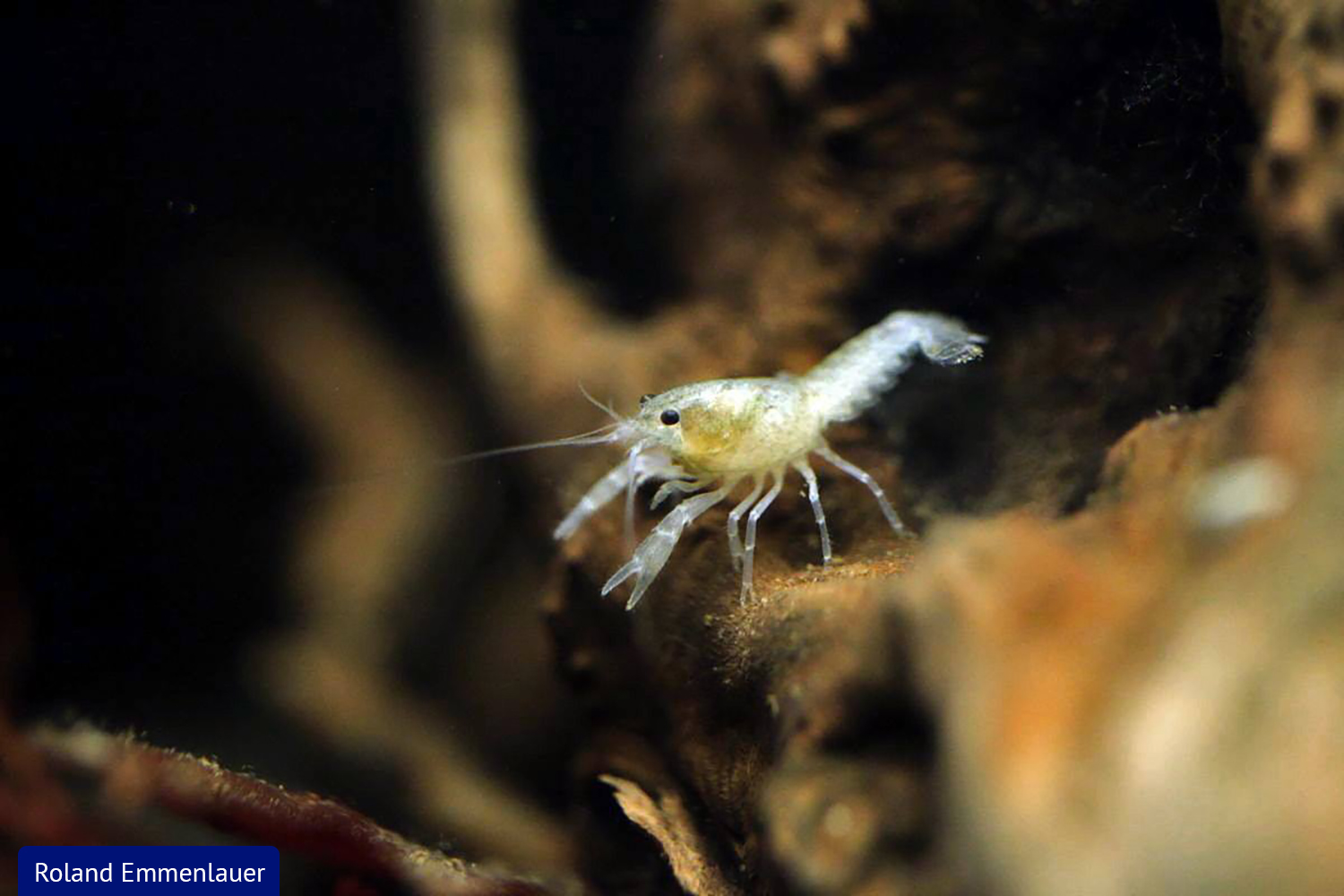
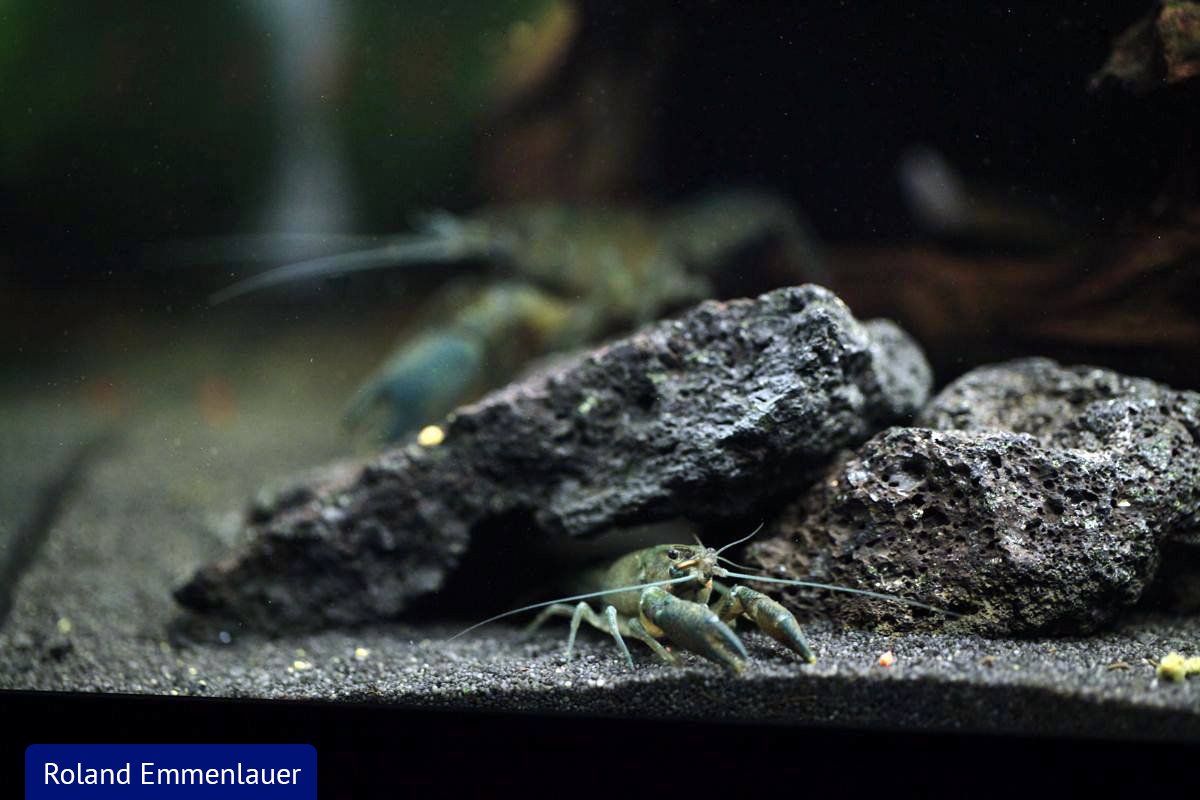
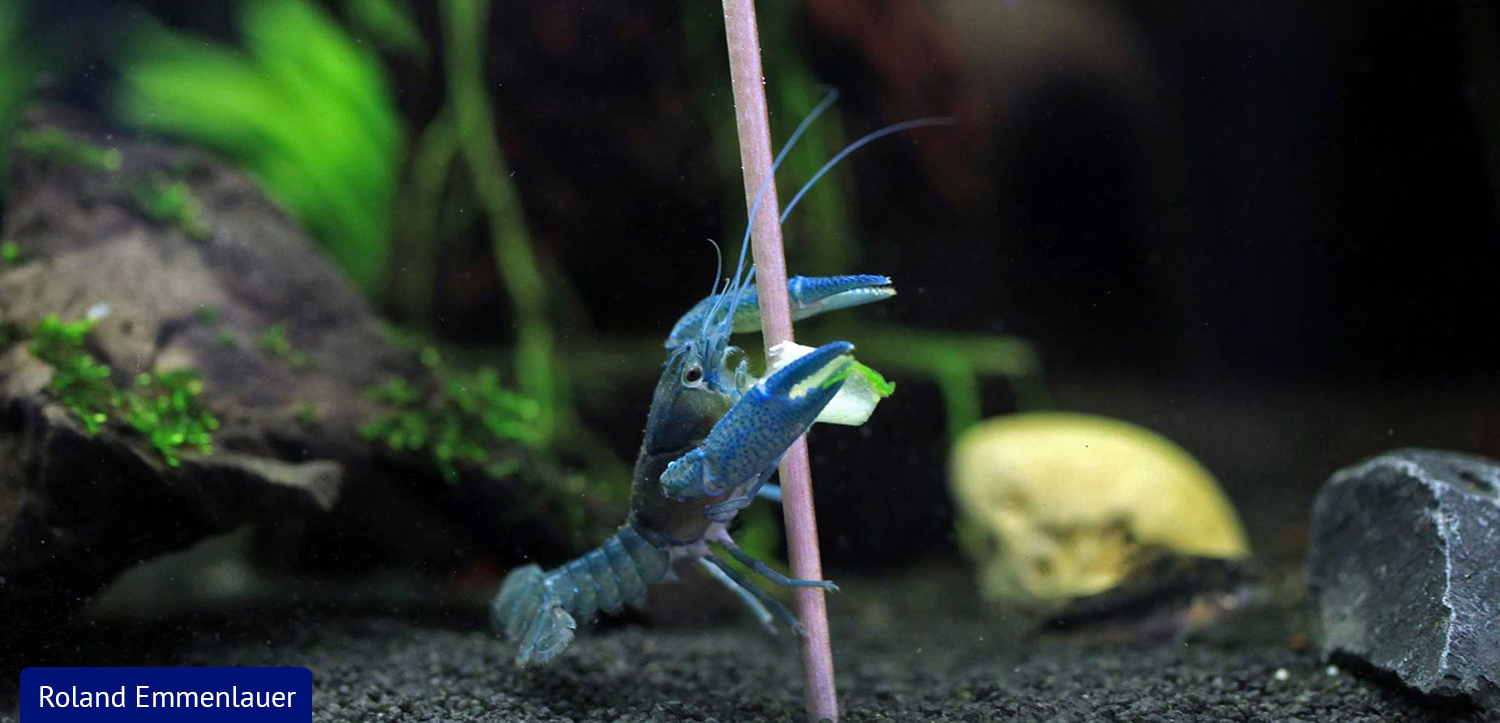

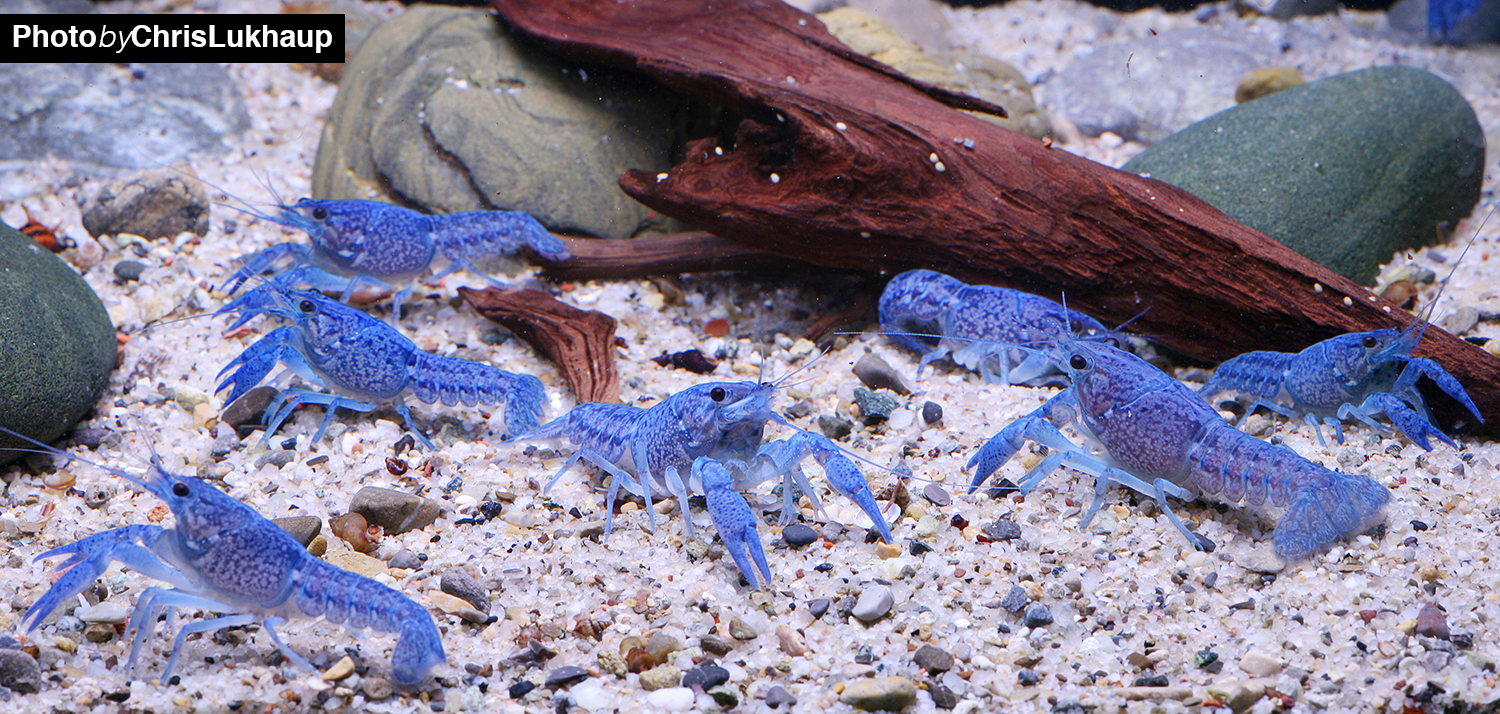
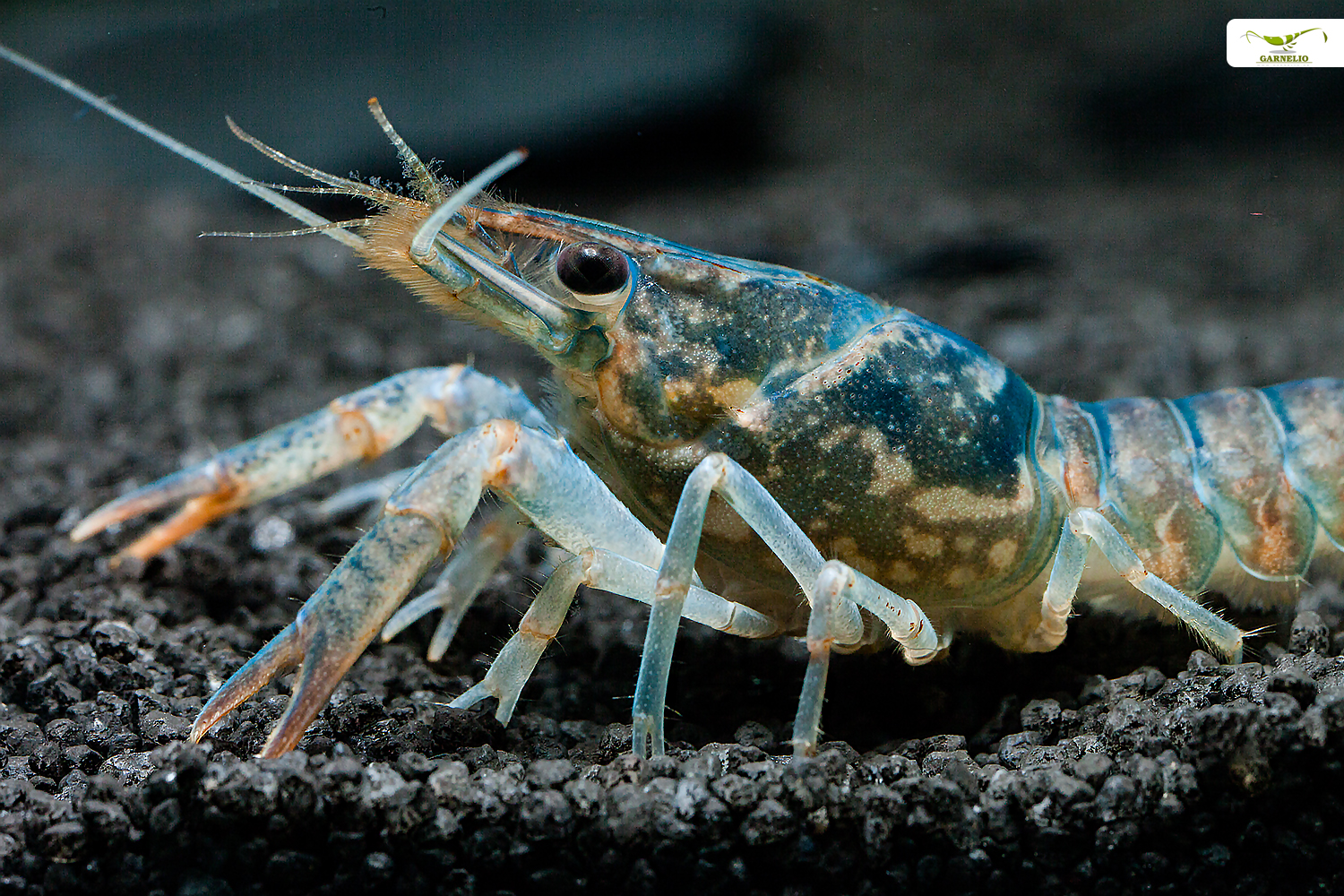
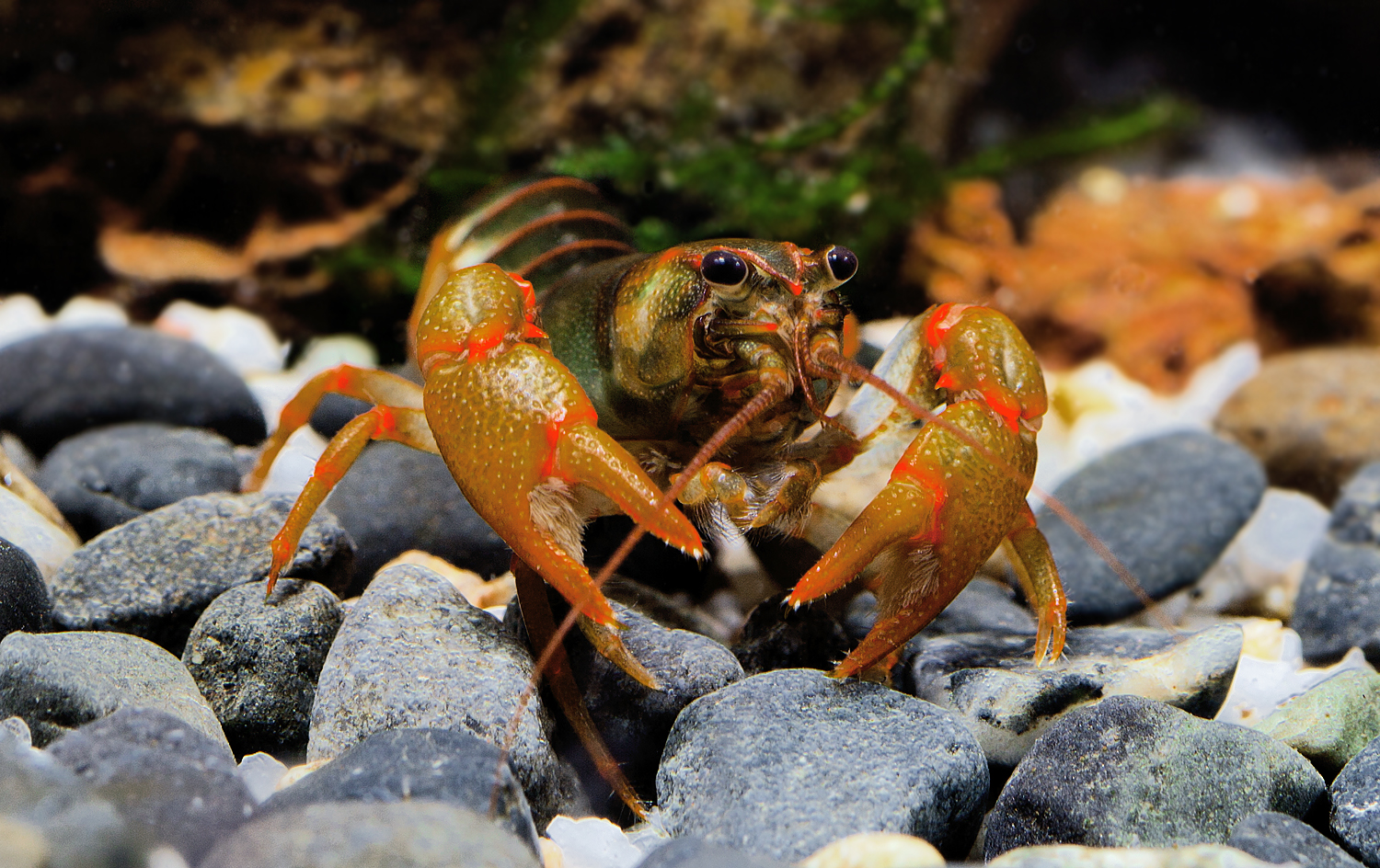
Genial
Ihr habt bei weitem den besten Wirbellosenblog im Internet! Weiter so!
Wissenswert!
Toller Blog, wiedermal was dazu gelernt! Dankeschön..
Geschlecht
Die Bildunterschrift bei der Geschlechtsbestimmung am unteren Bild stimmt nicht. Das untere Bild zeigt ein Weibchen (mit Gonoporen).
Ansonsten sehr informativ und ausführlich.